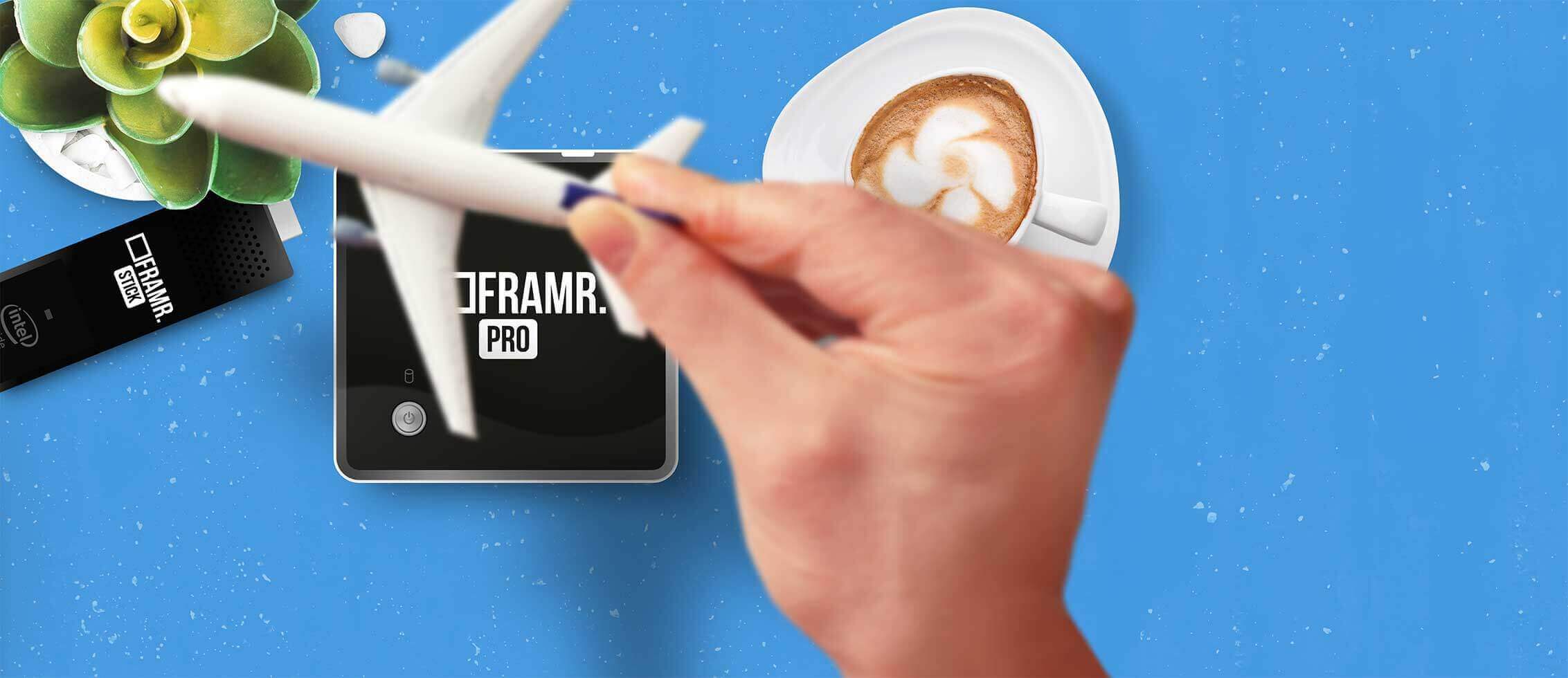FRAMR DEVELOPER LUKAS AUMAIR ABOUT DIGITAL SIGNAGE
Digital signage offers new chances on the market and is all about innovation in times of digitization.
Guide for the interview:
- What is FRAMR and how was the idea behind it developed?
- Which steps were to consider during development?
- What about the current demand for digital signage products?
- Why do more businesses rely on digital billboards?
- Recommendations of Lukas Aumair
- Which industries take the most advantage of digital signage?
- How can working processes be simplified?
- What are the future perspectives of digital signage?
Digital signage, software and more – for many businesses it’s the unknown but for Lukas Aumair it’s daily business. In the FRAMR interview, the CEO of Megatechnik professional multimedia GmbH describes how important digital signage will be for businesses in the future and which chances can be used. Other than that, he also talks further about important advantages regarding digital advertising.


Lukas Aumair: Developer of FRAMR and CEO of Megatechnik multimedia professional GmbH
What is FRAMR and how was the idea behind it developed?
A digital working environment requires the right solutions but many businesses fail in that area. Digital screens are known to most people, although not necessarily under the Term “Digital Signage”. What most people don’t see on the outside: The processes behind the development of software to display content on a digital screen require detailed programming as well as a qualified team. At the end, everything needs to work properly, starting from the idea through to marketing.
“The content management team of our company looked for a solution to remotely manage content of digital screens in a mall. All solutions on the market were locally installed and therefore only accessible under unsafe as well as complicated conditions and the usability was bad.”
The thoughts of Lukas Aumair to get to the idea make clear which challenges his team had to face. Missing usability and flexibility are common problems in digitalization but FRAMR takes an approach to these challenges.
Which steps were to consider during development?
From the beginning the creation and concept of a scalable cloud system was important to offer clients from all over the world a good service. Also, FRAMR should be usable without software installation and be ready within seconds. Competitors partly still don’t make their services work without a team of educated technicians.
Lastly, the usage of Linux over Microsoft was essentially to provide proper system safety. There is no worse situation in the field of digital signage than a “player” which doesn’t work properly after a windows update.
What about the current demand for digital signage products?
A growing number of businesses rely on digital solutions because of the corona crisis. That also comes with a higher demand for digital signage. Financial support of states in the European Union fuels this trend.
Why do more businesses rely on digital billboards?
In a fast living world and an agile working environment digital billboards offer faster reaction times to new events, a faster display of advertising as well as faster actions and available information for employees in comparison to classic print products. The exchange of content happens instantly whereas print products need to be printed in the first step and then be deployed manually. Other than that, a moving image is always a better eyecatcher than static posters. Lastly, with the right setup it is possible to change the little worlds for visitors / customers within seconds.

Recommendations of Lukas Aumair
Basically, I recommend professional displays with continuous operation in order to provide sustainable and long term usage. For reasons of sustainability, it’s best for businesses to use passive cooling. I also recommend a short usage of extra hardware such as signal distribution and transmission routes – a direct configuration with displays through a player is better – for example with a HTML5-browser or FRAMR player.
→ Find out more about the application areas of digital signage and how your business will take advantage of it.
Which industries take the most advantage of digital signage?
Businesses with many display locations because the speed of digital signage can be used very well.
Are there any functions to simplify working processes in order to provide a better usability for customers?
There are many options to support this goal. These are the following:
- Cloud based solutions with mobile optimization to edit content from all over the world.
- Scheduling of content enables complete planning of the playout to the point of creation.
- Drag and drop functionality for an easy and intuitive usage.
- Monitoring functions to supervise the usage of these functions.
Article → 7 underestimated advantages of business digitalization
What will the possible future development of digital signage look like?
Digital signage will be much more interactive and additional add-ons, for example new features, will improve the products. Other than that, it will be possible for digital signage to react to the environment and be controlled by it. Our FRAMR add-on “FRAMR Eye” for example recognizes personas through AI. Based on data, digital signage can locally decide if, for instance, a man or woman stands in front of the display and then can control the display of content.
That comes with the following advantages:
- Opportunity to personalize advertising
- Data will only be processed locally and not be saved in cloud based systems
- GDPR-compatibility
In the future it will be important that Software of a specific digital signage provider will work on many different platforms, no matter if it’s LG, Panasonic, Android or any other provider. It will also be a future challenge to connect one digital signage software with many hardware devices. Today, professional displays offer integrated HTML5-browsers in which digital signage can directly be shown to some extent. Just a comparison to the early days: A player is connected with a display and provides content.
Contact us
